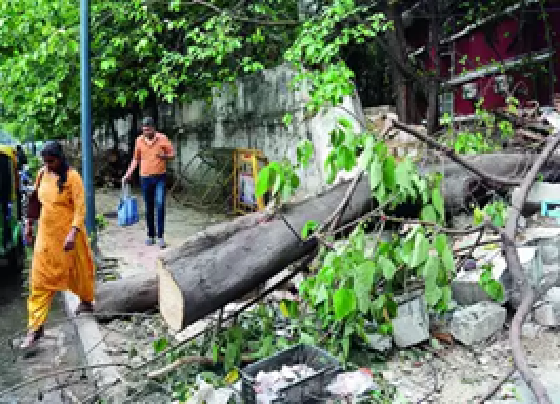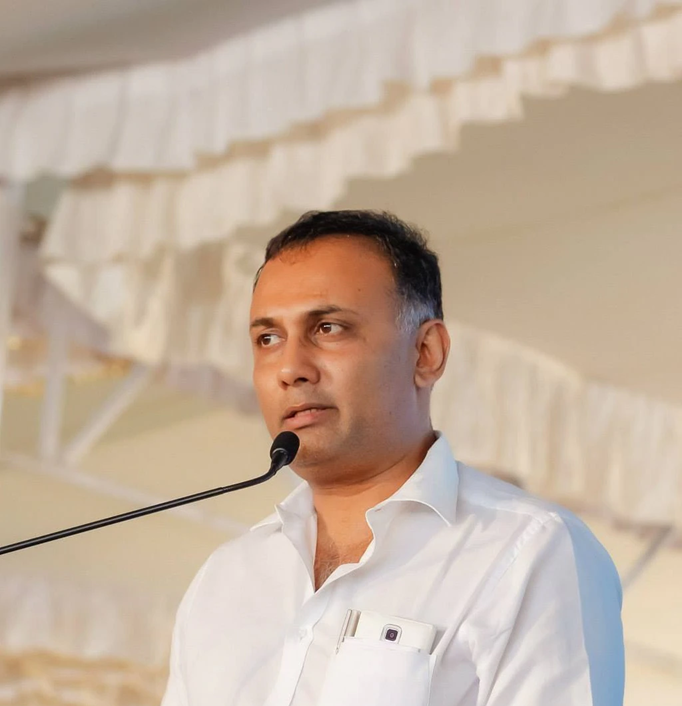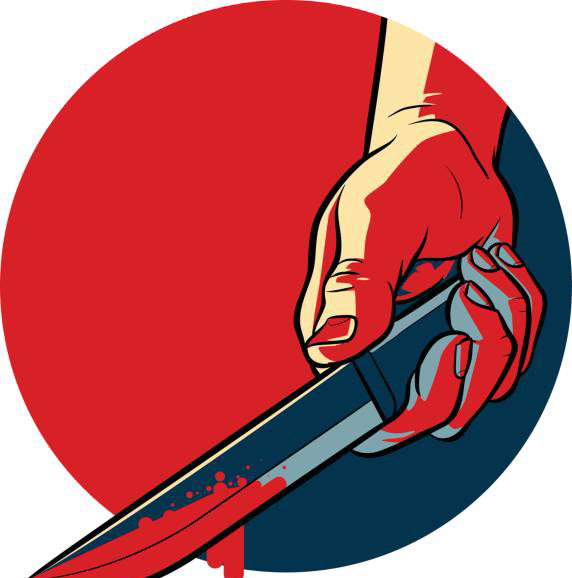.jpg)
Battling teenage tobacco addiction: The challenge of No Tobacco Day in B’luru
Bengaluru, NT Bureau: Despite numerous efforts to curb smoking and tobacco consumption among young people, particularly teenagers, the habit remains alarmingly high in India.
Data from the Lung Association highlights that tobacco-related deaths are the leading cause of preventable deaths worldwide.
In India, approximately 267 million people use tobacco, with 28.6 per cent of the population aged 15 and above consuming tobacco products.
Notably, 8.5 per cent of these users are teenagers aged 13 to 15. Tobacco addiction, fueled by nicotine—a highly addictive compound inherent in tobacco plants—ensnares vulnerable groups in a web of physical, social, and mental dependencies from an early age if exposed.
This addiction is not just a personal struggle; it takes a heavy toll on society, contributing significantly to preventable deaths and economic burdens. The Indian tobacco industry continues to thrive, underscored by ITC's cigarette business, which saw growth in the fiscal year 2023, though its contribution to overall revenue decreased.
Emkay Global, a financial services company, estimates an 8 per cent compounded annual sales growth for ITC's cigarette business, totalling over Rs 24,000 crore in FY23. Additionally, India stands as a major net exporter of cigarettes, exporting over US$100 million (Rs 815,70,00000) worth in 2022.
A joint report published in 2017 by the accountancy firm KPMG and the Federation of Indian Chambers of Commerce and Industry (FICCI) claimed that illicit trade—partly fueled by higher taxes on cigarettes— was funding terrorism and organised crime.
However, it is important to note that both ITC and GPI are members of FICCI, which has a history of opposing tobacco control measures in India. KPMG, with long-standing ties to the tobacco industry, has also faced criticism for its work on illicit trade.
As Bengaluru observes No Tobacco Day, the focus turns to the persistent challenge of reducing tobacco use among the youth. Dr. H. Chandrashekar, Professor and HOD of Psychiatry at ESI Hospital, Bengaluru, emphasises the importance of a holistic approach to quitting smoking.
"Proven methods to quit smoking involve identifying triggers and relearning behaviours through a holistic approach. We must provide comprehensive support systems to aid people, especially teenagers and young adults, who are at a formative time of their growth in their journey towards a tobaccofree life."
However, the pervasive influence of social and behavioural factors complicates efforts to combat teenage smoking. Peer dynamics, lack of awareness, and societal norms perpetuate the cycle of tobacco use among youth, exacerbating the public health challenge.
Dr Pavan Yadav, Lead Consultant in Interventional Pulmonology and Lung Transplantation at Aster RV Hospital, states that India is home to one of the largest populations of tobacco users in the world.
According to the Global Adult Tobacco Survey (GATS) 2016-17, about 28.6 per cent of adults (15 years and older) in India use tobacco in some form, including smokeless tobacco, smoking, and dual use. This translates to approximately 267 million individuals.
The prevalence of tobacco use is higher among males (42.4 per cent) compared to females (14.2 per cent). The economic burden of tobacco use is substantial. The Ministry of Health and Family Welfare estimates that the economic costs attributable to tobacco use from all diseases in India in 2011 amounted to Rs1,04,500 crores.
This includes direct healthcare costs and indirect costs related to lost productivity due to illness and premature death. premature death. Dr. Prashant Ramdas Wankhade, Consultant Cardiologist at TriLife Hospital, highlights the severe longterm consequences of tobacco consumption.
“Smokeless tobacco, such as gutka, paan and flavoured tobacco, though banned in India, is popular among the youth because of its easy access and low cost. Around eleven out of every hundred tobacco users in India are minors we should make it our endeavour to educate youngsters about the dangers of tobacco.”
 English daily published in Bengaluru & Doha
English daily published in Bengaluru & Doha






